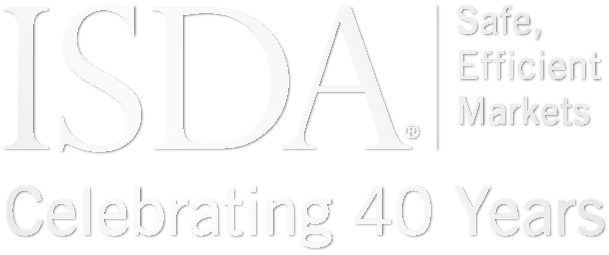This paper examines the benefits and use cases of over-the-counter (OTC) equity derivatives (EQDs). Additionally, it analyzes developments in the OTC EQD market, including the size and changes based on geography, product offerings and maturities of the notional outstanding.
Institutional investors, asset managers, hedge funds, pension funds, endowments, public and private companies, insurance companies, banks and other market participants use OTC EQDs for a wide range of reasons, including hedging, investment exposure, market access and diversification.
- Hedging: OTC EQDs offer flexibility and the ability to customize investment hedges.
- Investing: OTC EQDs can be structured to provide specific directional exposure and a more efficient means of investing in an underlying equity, index or basket.
- Market access: OTC EQDs can provide access to equity markets and companies that are either unavailable or too illiquid for investment via cash equity or exchange-traded EQD markets.
- Portfolio diversification: OTC EQDs provide an efficient means of diversifying investment portfolios by enabling more precise control of portfolio allocations.
The size of the OTC EQD market has been relatively stable over the past 15 years, ranging between $6.3 trillion and $7.6 trillion in notional outstanding. It comprises a relatively small percentage – 1-2% – of the overall OTC derivatives market.
From a product perspective, the OTC EQD market consist of swaps, forwards, options, contracts for difference and ‘other’ products.
- Notional outstanding of equity forwards and swaps has grown compared to that of OTC equity options.
- The US is now the dominant region for OTC EQD total notional outstanding measured by the nationality of the underlying issuer of the reference equity, whereas European developed countries were once the leaders.
- Most OTC EQDs have a short maturity – 63% of notional outstanding has a remaining maturity of one year or less.
The regulatory framework for these products has evolved in recent years. OTC EQDs have become more regulated and transparent, with trade reporting, margining and other rules now in place. The US Commodity Futures Trading Commission, the US Securities and Exchange Commission, the European Securities and Markets Authority and the UK Financial Conduct Authority have fully implemented regulations for OTC derivatives, including EQDs.
Documents (1) for Overview of OTC Equity Derivatives Markets: Use Cases and Recent Developments
Latest
Steps to a Vibrant Derivatives Market: SOM Remarks
Steps to a Vibrant and Resilient Derivatives Market December 4, 2025 Remarks at the Mediterranean Partnership of Securities Regulators Scott O’Malia ISDA Chief Executive Officer Good afternoon and thank you to the Mediterranean Partnership of Securities Regulators (MPSR) for...
ISDA Response to BoE on Gilt Market Resilience
On November 28, ISDA responded to the Bank of England’s discussion paper on gilt market resilience. ISDA encourages the Bank of England, before introducing any significant policy changes that would affect the functioning of the gilt repo market, to consider...
Addressing Termination Troubles
When Enron announced a shock $618 million loss on October 16, 2001, it took a further 47 days until it filed for bankruptcy. For Bear Stearns, it took 266 days between its bailout of a structured credit fund run by...
ISDA In Review – November 2025
A compendium of links to new documents, research papers, press releases and comment letters published by ISDA in November 2025.



